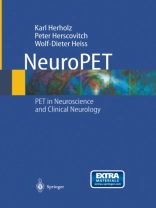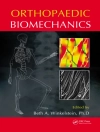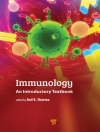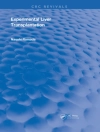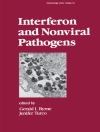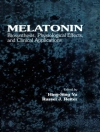Positron emission tomography (PET) provides unbiased in vivo measurement of local tracer activity at very high sensitivity. This is a unique property unmatched by other imaging modalities. When PETwas introduced into medicine more than 25years ago, the first organ of major interest was the brain. Since then, PET has flourished as an extremely powerful and versatile tool in scientific brain studies, whereas its use as a diagnostic tool in clinical neurology remains limited. This is in contrast to its use in otherapplications, particularlyoncology, where its value in clinical diagnosis is more widely appreciated. Wethink this situation is unfortu- nate, because PET can contribute more to clinical neurology and clinical neuro- science than is generally perceived today. Realization of its potential will require very close cooperation between PETexperts and clinicians and the integration of PET into clinical studies. Thus, in this book we review PETin neuroscience, with particular emphasis on findings that indicate its potential for improving diagno- sis and treatment in neurology and psychiatry. We want to improve the trans- ferability of the enormous scientific advances in brain PET into clinical care so as to produce tangible human benefit [1]. Wewish to guide both nuclear medicine specialists and also neurologists and psychiatrists in the use of PET. We there- fore focus on practical and potentially clinically relevant issues, identifying solid ground as well as open questions that require further research, and we see this targeted presentation as complementary to more general PET textbooks and reviews.
W.-D. Heiss & K. Herholz
NeuroPET [PDF ebook]
Positron Emission Tomography in Neuroscience and Clinical Neurology
NeuroPET [PDF ebook]
Positron Emission Tomography in Neuroscience and Clinical Neurology
购买此电子书可免费获赠一本!
语言 英语 ● 格式 PDF ● ISBN 9783642187667 ● 出版者 Springer Berlin Heidelberg ● 发布时间 2012 ● 下载 3 时 ● 货币 EUR ● ID 6322113 ● 复制保护 Adobe DRM
需要具备DRM功能的电子书阅读器
